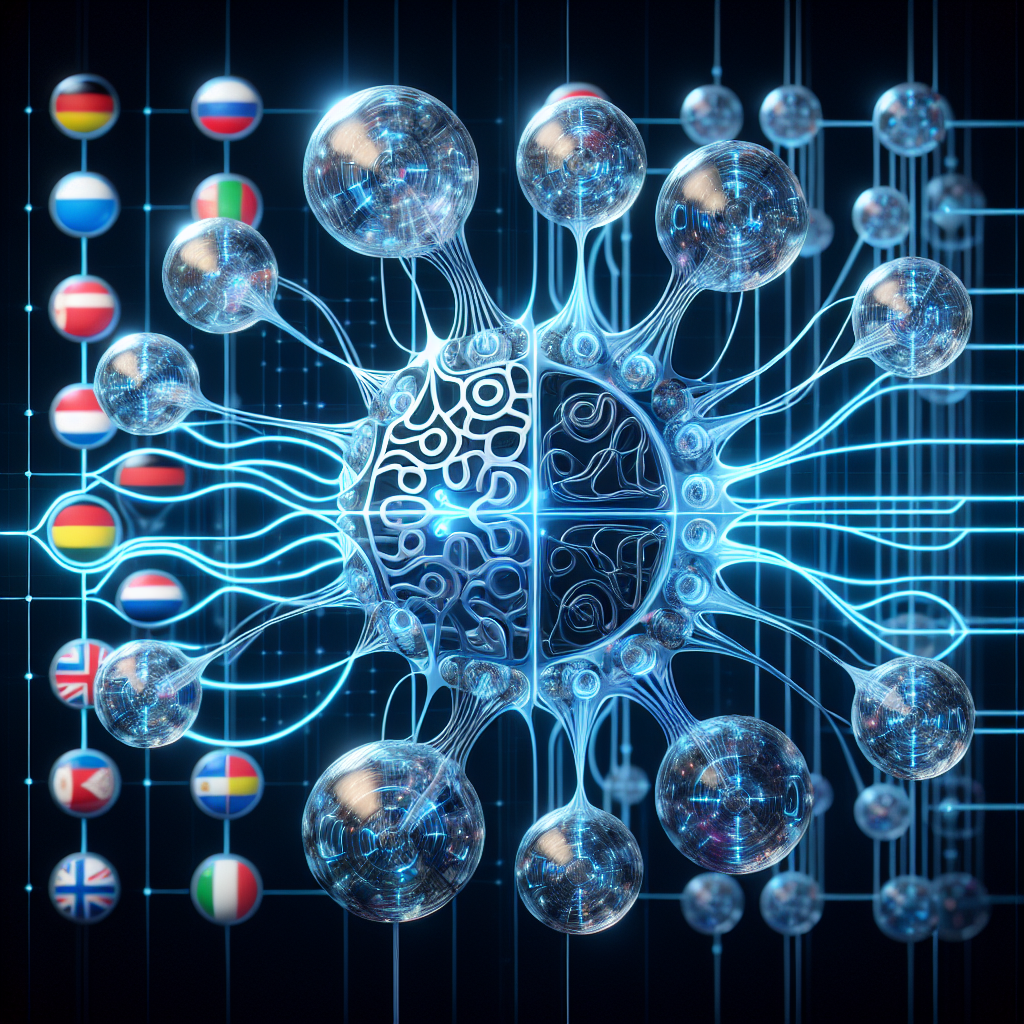Natural Language Processing (NLP) is a field of artificial intelligence that focuses on the interaction between computers and humans using natural language. It has gained significant attention in recent years due to the increasing demand for technologies that can understand, interpret, and generate human language.
One of the key tools in NLP is recurrent neural networks (RNNs), a type of artificial neural network designed to handle sequential data. RNNs are particularly powerful in NLP tasks because they can capture the context and dependencies in a sequence of words, making them well-suited for tasks such as language modeling, machine translation, sentiment analysis, and speech recognition.
The power of RNNs in NLP lies in their ability to remember information from previous time steps and use it to make predictions at the current time step. This allows them to model long-range dependencies in text, such as understanding the meaning of a sentence or generating coherent paragraphs of text.
One of the key advantages of RNNs is their flexibility in handling variable-length sequences. Unlike traditional feedforward neural networks, which require fixed-size inputs, RNNs can process sequences of arbitrary length, making them ideal for tasks where the length of input text varies, such as document classification or language generation.
RNNs have also been extended with more advanced architectures, such as long short-term memory (LSTM) and gated recurrent units (GRUs), which address the vanishing gradient problem and improve the model’s ability to learn long-range dependencies. These architectures have been shown to achieve state-of-the-art performance on a wide range of NLP tasks, including machine translation, text generation, and sentiment analysis.
In addition to their modeling capabilities, RNNs can also be used for transfer learning in NLP tasks. By pretraining a language model on a large corpus of text data, researchers can fine-tune the model on a specific NLP task with a smaller dataset, achieving better performance with less data. This approach has been successfully applied to tasks such as text classification, named entity recognition, and question answering.
Overall, recurrent neural networks have revolutionized the field of natural language processing by enabling more sophisticated models that can capture the complexities of human language. With their ability to handle sequential data, model long-range dependencies, and transfer knowledge across tasks, RNNs are a powerful tool for a wide range of NLP applications and continue to drive innovation in the field.
#Power #Recurrent #Neural #Networks #Natural #Language #Processing,rnn


Leave a Reply